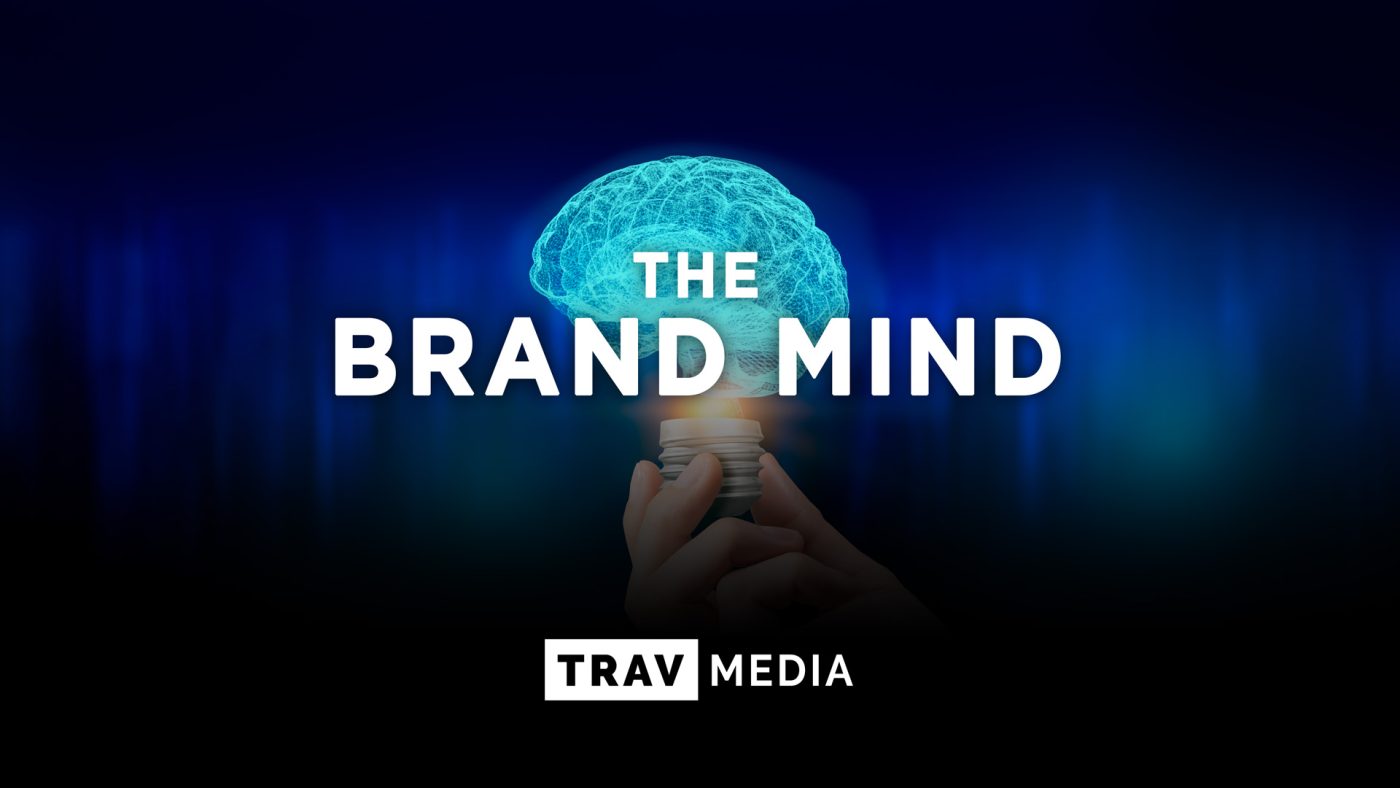What Makes Your Buyer Make Decisions?
Build Your Brand Story with the RICE Decision-Making Framework, Maslow’s Hierarchy of Needs, and Levels of Brand Acceptance in Marketing
Your “Brand Mind” is the part of you that enables you to make decisions every day through product, or service alignment. In this article, we help you connect with your audience as we develop a brand story to align products and services that define their business’s “why”… as in, “Why do we need your gadget?” especially when establishing value propositions, developing qualifying questions, and establishing ongoing relationships.
What you’ll learn in The Brand Mind:
- The RICE Decision-making Framework
- Maslow’s Hierarchy of Needs
- How consumers make purchasing decisions
- Create stronger messaging
- Build lasting relationships
In the intricate marketing world, we’ll simplify the multifaceted motivations underpinning consumer behavior as the keystone for crafting resonant messaging and building enduring brand-consumer relationships. In this exploration, we’ll dive into the “Brand Mind” using the fusion of the RICE framework (Reward, Ideology, Coercion, and Ego), Maslow’s Hierarchy of Needs, and the levels of brand acceptance, shedding light on how these concepts interplay to inform effective marketing strategies.
First, we must understand the Brand Mind and how decisions are made…
The RICE Framework
- Reward: Consumers seek tangible benefits and gratification from their purchases. Marketing initiatives offering rewards, discounts, or incentives tap into this desire for immediate satisfaction.
- Ideology: Aligned with personal beliefs and values, consumers are drawn to brands that mirror their ideals. Marketing messages advocating for social causes or ethical practices resonate deeply with ideologically motivated consumers.
- Coercion: While less ethically sound, coercion leverages fear or pressure to influence consumer behavior. Marketers may use tactics like scarcity or social proof to induce urgency and drive purchases.
- Ego: Consumers seek validation and status through their purchases. Brands that enhance self-image or social standing appeal to ego-driven motivations, fostering brand loyalty.
Understanding these motivations enables marketers to tailor their strategies to meet consumers’ psychological needs effectively.
Next, we explore the Brand Mind’s various levels in which needs are to be met…
Maslow’s Hierarchy of Needs
Maslow’s theory outlines a hierarchical progression of human needs, ranging from basic survival to self-actualization:
- Physiological Needs: Fundamental requirements for survival, including food, water, and shelter.
- Safety Needs: Seeking security, stability, and protection from harm.
- Love and Belongingness: Craving social connections, intimacy, and acceptance.
- Esteem Needs: Desiring recognition, respect, and self-worth.
- Self-Actualization: Pursuing personal growth, fulfillment, and realizing one’s potential.
By aligning marketing efforts with the corresponding needs of consumers, brands can resonate deeply and establish meaningful connections.
Finally, the Brand Mind decides the level at which to engage with the product or service…
Levels of Brand Acceptance
- Awareness: Introducing the brand to consumers and increasing visibility through advertising and promotional activities.
- Preference: Cultivating positive perceptions and fostering brand preference through consistent value delivery and effective branding.
- Loyalty: Building strong relationships with consumers through personalized experiences, loyalty programs, and exceptional customer service.
- Advocacy: Inspiring brand advocates who actively promote the brand and influence others through word-of-mouth and social sharing.
Harmonizing Brand Mind Strategies
By integrating the RICE framework, Maslow’s Hierarchy of Needs, and levels of brand acceptance, marketers can develop holistic strategies that resonate deeply with consumers at every level. Whether appealing to basic needs for safety and belongingness, leveraging rewards and ego-driven motivations, or aligning with consumers’ ideological beliefs, understanding the intricate interplay of these frameworks empowers brands to create authentic connections and foster enduring loyalty.
Key Questions
- In your messaging, which area of the RICE framework best applies? Why?
- Which area(s) of Mazlow’s Hierarchy of Needs is your product or service trying to meet?
- What voice are you planning to use to best convey your level of messaging?
Conclusion
In today’s competitive marketplace, successful marketing hinges on a nuanced understanding of consumer motivations and needs as the “Brand Mind”. By synthesizing the RICE framework, Maslow’s Hierarchy of Needs, and levels of brand acceptance, marketers can craft compelling narratives, deliver resonant messaging, and cultivate meaningful relationships that drive brand success in the long term. Embracing this holistic approach enables brands to not only meet consumers’ needs but also inspire loyalty, advocacy, and sustainable growth.
Want More?
Check out these other amazing articles from Trav Media:
- Mastering the Art of Personalization and Customer-Centric Marketing
- DAM Catalog – Design, Advertising & Marketing – Fall 2021
- Figuring Out Your Fanbase
- What is a Brand Guide?

